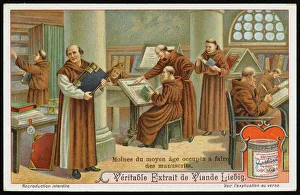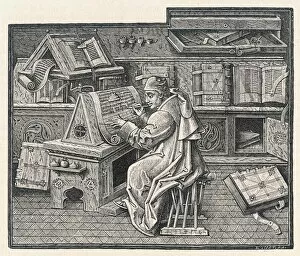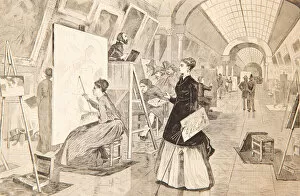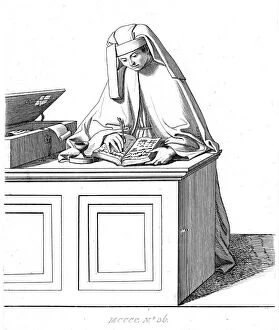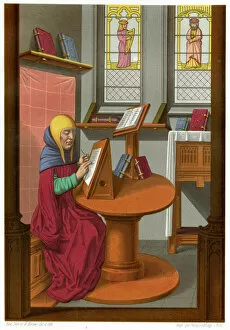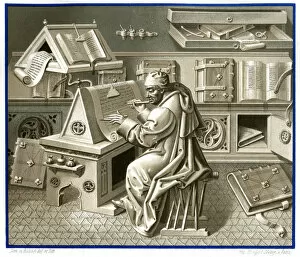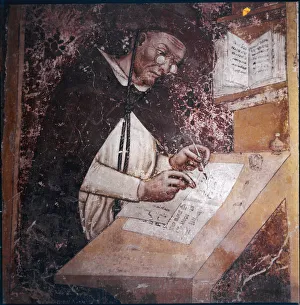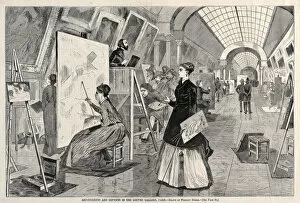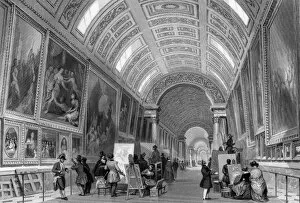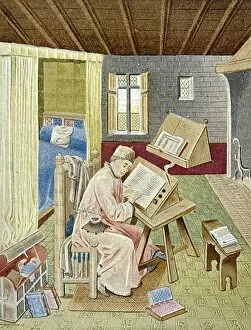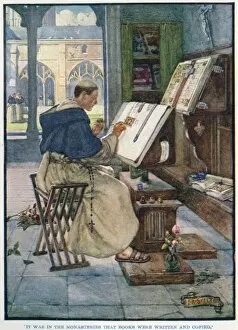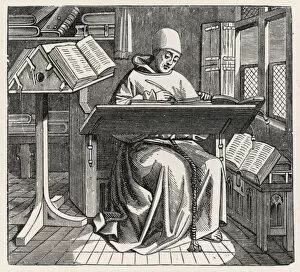Copyists Collection
Copyists have long played a crucial role in preserving and disseminating knowledge throughout history
All Professionally Made to Order for Quick Shipping
Copyists have long played a crucial role in preserving and disseminating knowledge throughout history. From the diligent monks copying manuscripts by hand to the dedicated art students meticulously replicating masterpieces, these individuals have left an indelible mark on our cultural heritage. In monastic settings, monk copyists devoted countless hours to transcribing ancient texts, ensuring that valuable knowledge was not lost to time. Their patient strokes of quill pens brought forth beautifully illuminated manuscripts, safeguarding wisdom for future generations. Even beyond religious contexts, they were instrumental in propagating ideas and artistic expressions. In bustling Louvre galleries of Paris during January 11, 1868, one could witness art students diligently studying great works while striving to recreate their essence on canvas or paper. These aspiring artists honed their skills through careful observation and meticulous replication under the watchful eyes of their instructors. Beyond visual arts, scholars throughout different centuries relied on copyists to compile vast amounts of information into coherent bodies of work. Whether it be a 15th-century compiler piecing together various sources or a 9th-century scholar painstakingly transcribing ancient texts onto parchment scrolls – these individuals ensured that knowledge continued its journey through time. The medieval period witnessed the invaluable contributions of Flemish monks who tirelessly copied important documents and literary works. With unwavering dedication and attention to detail, they preserved historical accounts and philosophical treatises that would otherwise fade into obscurity. Monk copyists became synonymous with patience and precision as they meticulously reproduced text after text with unwavering focus. Their efforts allowed for wider dissemination of written material across regions and cultures. From dimly lit scriptoria where monks hunched over desks adorned with flickering candles to bustling museum halls filled with eager young artists capturing every brushstroke – they have been integral figures in shaping our understanding of history, literature, artistry, and scholarship itself. Their commitment echoes through the ages as we continue to appreciate their laborious endeavors.

